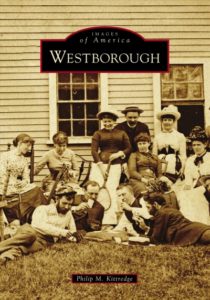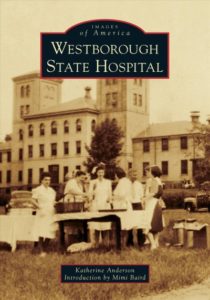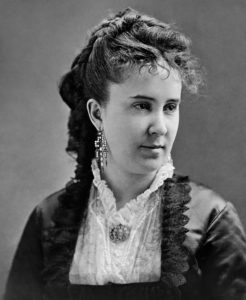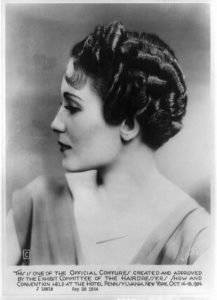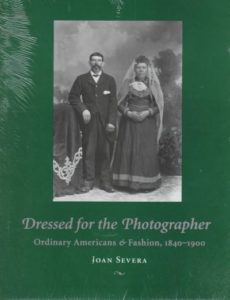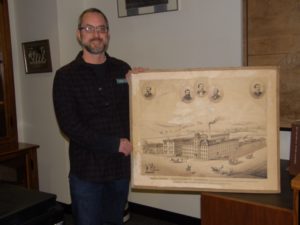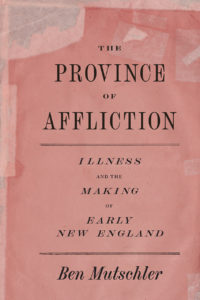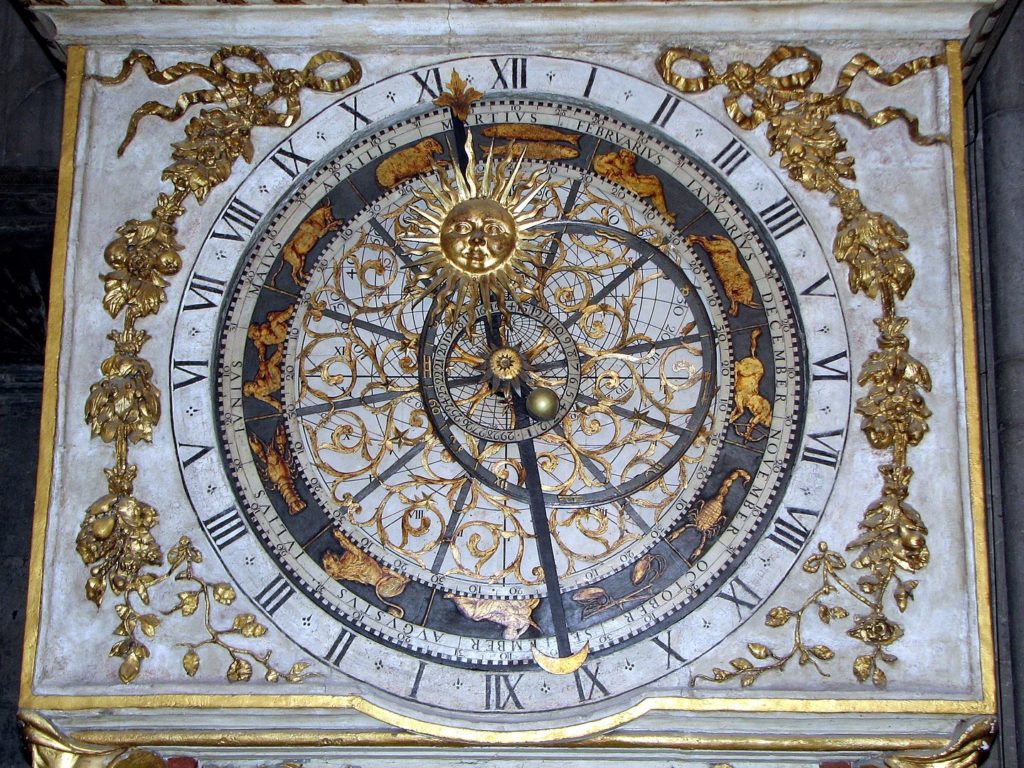
Time
As I contemplate some of the central themes of local history, I have been thinking a lot about time. After all, if we do not have time, we do not have history. So I decided to step out of my usual humanities comfort zone to see what physics can teach me about time by reading two books by Carlo Rovelli, Seven Brief Lessons on Physics and The Order of Time.
We normally think that time has a singular, uniform progression that everyone experiences together in the same way and that this flow of time has a past, present, and future. Rovelli upends these common notions about time, and in doing so, he raises interesting questions about the practice of history.
Time itself slows down whenever we travel or whenever we are close to a large mass. So if one twin likes to walk and the other prefers to sit around and watch television, the walker will age more slowly than sedentary one (and we’re not talking about health here). Likewise, if one twin lives on the beach along the ocean and the other on top of a mountain, the beachcomber who lives closer to the earth will age less than the one living up in the thinner air. Indeed, even a clock placed on the floor runs more slowly than one sitting on a table just above it. But since we all live together on earth (which forms a relatively closed system) the time differences we experience between those who travel and those who live closer to sea level are imperceptible, although the differences exist nonetheless.
History is the study of change and its effect on human beings over time. But it turns out that change goes further than that, because, to quote Rovelli, “the world is nothing but change.” He goes on: “the world is a network of events,” and “The entire evolution of science would suggest that the best grammar for thinking about the world is that of change, not of permanence. Not of being, but of becoming.” Time moves forward, but it does so chaotically, diffused, and scattered. Rocks and their solidity make them our prototypical idea of a thing, but in reality, a rock is simply a long event, “a complex vibration of quantum fields, a momentary interaction of forces, a process that for a brief moment manages to keep its shape, hold itself in equilibrium before disintegrating again into dust.”
What do these insights have to do with history? I think there are many, and some are quite complicated, but I am quickly going to give a few a shot here. Many of them come down to how we think about, talk about, and metaphorically conceptualize time.
Even though I argued in a previous newsletter about the value of paying attention to timelines, we must also not fall into the trap of thinking that history is nothing more than a list of things that occurred at particular moments. They are actually events and processes that interact with one another, and this network is necessarily chaotic, diffused, and scattered. Timelines give us the impression that history follows an orderly path, but like our common perception of time, this impression is false.
Likewise, much like time, the events we experience or study are always contextual. Many people in the Middle Ages believed that the earth was flat, but what does it mean when a person living today continues to believe this verifiably false notion? Can this person be said to be living in a different time—if not literally then perhaps metaphorically? Our experience of time is unique to ourselves, because we ultimately form our own closed system, but that also separates me from you and from everyone else. Yet we also move forward in time relative to each other, because we also inhabit larger closed systems. We experience and talk about history in similar ways, which at times makes historical debate so heated, yet also so interesting.
And finally, if we are not surrounded by things but by events, what does that say about the historical records sitting in the Westborough Center? Rovelli points out, “the past leaves traces of itself in the present”; Westborough’s historical records and other traces of the past allow us to practice history. But they also constitute events, and as much as I try to slow down their process of decay so that we they can continue to serve as testimonials to actions of the past, they are inevitably moving towards their final end. But the fact that they are implicated in this inevitable process gives these records their power: because they are actual events in and of themselves, we are literally time traveling and experiencing an event of the past as it is happening right in front of us whenever we take these records out to look at them.
–Anthony Vaver, Local History Librarian
Suggested Reading:
- The Order of Time by Carlo Rovelli.
- Seven Brief Lessons on Physics by Carlo Rovelli.
- A World Lit Only By Fire: The Medieval Mind and the Renaissance, Portrait of an Age by William Manchester.
* * *
Looking for a last-minute gift this season for anyone who loves Westborough? Consider Phil Kittredge’s brand-new book, Westborough, part of the Images of America series.
For many years, Westborough has inexplicably been an outlier in not having a representative book in this series, despite enthusiastic interest in our town’s deep and rich history by residents. But now Westborough can boast two books from this series with the publication of Katherine Anderson’s Westborough State Hospital last year. In fact, why not buy both and give them as a matched set?
* * *
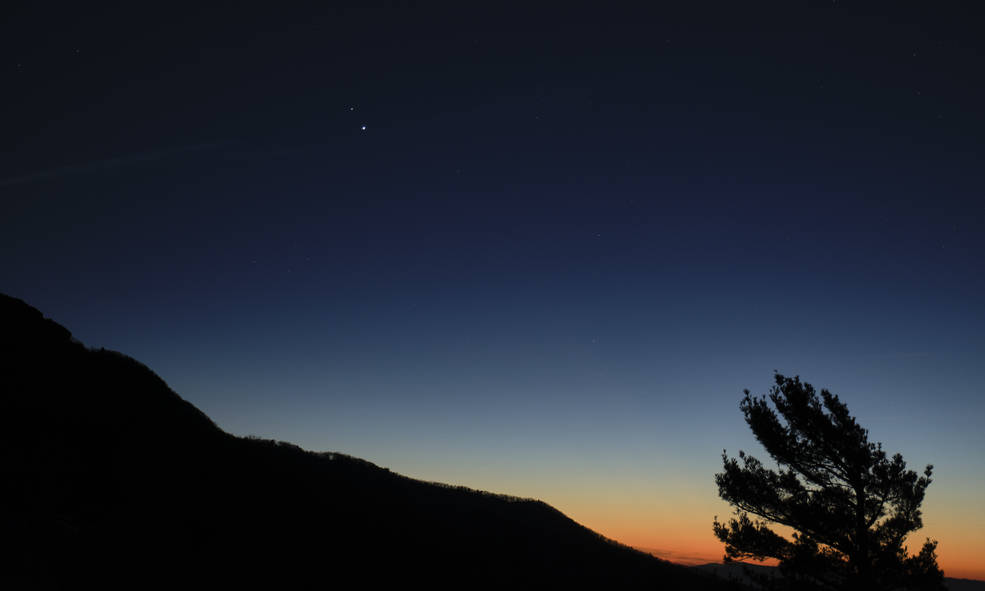
Time and its cousin, light, are central elements of our holiday season.
The fact that we celebrate some of our most significant holidays during the darkest time of the year is no accident. As the lack of sunlight and the cold slow down our activities, we have more time to reflect on the past year and look forward to the next one. Our rituals tied to these holidays allow us to remember all the other times that we engaged in similar activities, and this repetition also helps us to mark time by seeing how each celebration in the past was different in its own unique way. Themes of light and renewal appear in our holiday iconography (menorahs, the Star of Bethlehem, the Diwali festival, Christmas trees, holly, the ball drop in New York City’s Times Square on New Year’s Eve, etc.), and they work to counteract the darkness and remind us that longer days and greener times lie ahead.
But this year we have yet another event involving time, light, and history worth celebrating as two planets, Jupiter and Saturn, align in a rare celestial event.
On Monday, December 21, look southwest into the sky right after sunset and you will see what looks to be an incredibly large planet when Jupiter and Saturn will appear to sit on top of one another. The last time people were able to see such an alignment of two planets was back in 1226 during the Middle Ages. Even more, the alignment this year is taking place on the Winter Solstice, the longest night of the year, which means that we will begin to experience more and more daylight going forward. You can read more about this once-in-a-lifetime event and get tips on how best to see it on NASA’s website: https://www.nasa.gov/feature/the-great-conjunction-of-jupiter-and-saturn.
I don’t know if the people in the Middle Ages took the planetary alignment as a special sign of divine providence, but after the year we have just experienced, I’ll take anything. So let’s hope for a clear night, step outside, and celebrate the possibility that this alignment signals our world finally getting back in order in the upcoming year!
